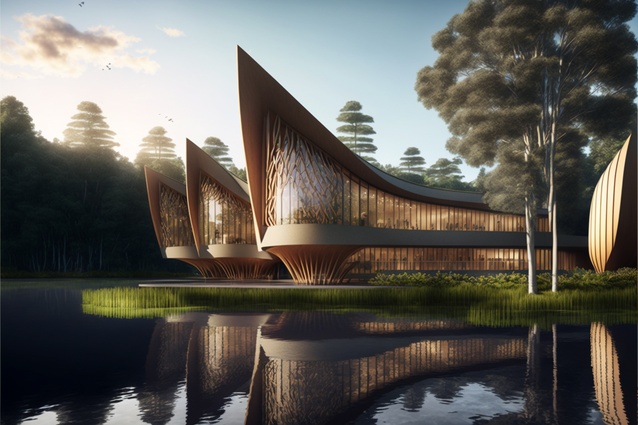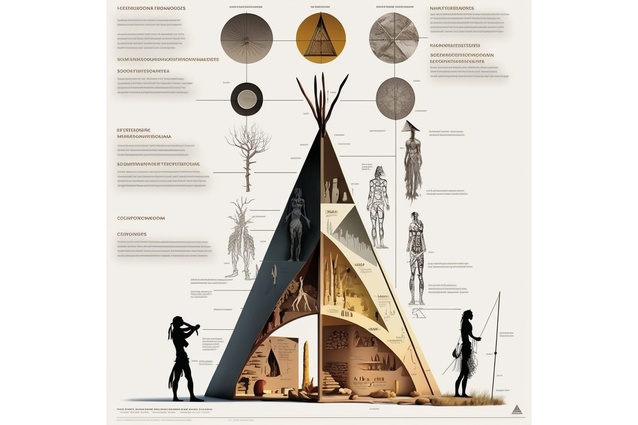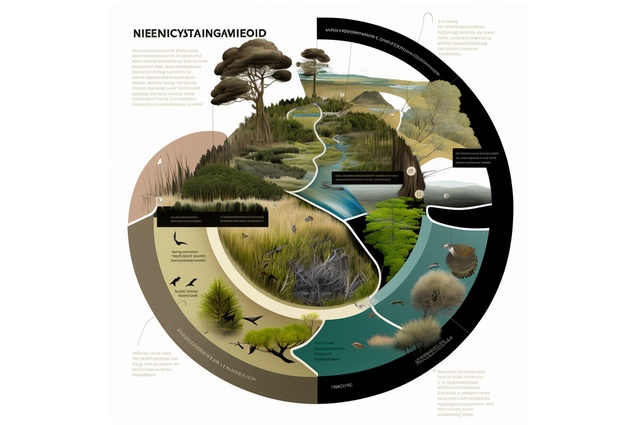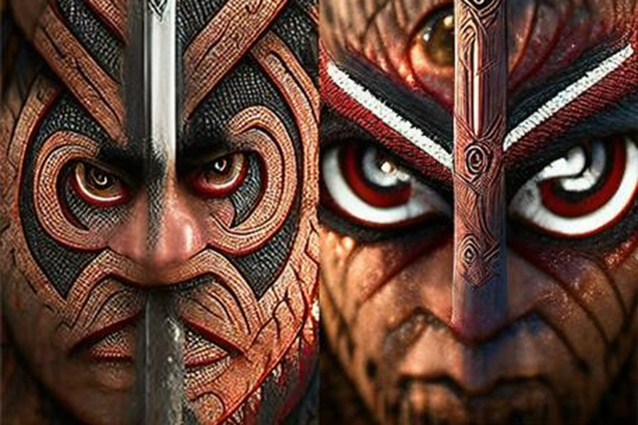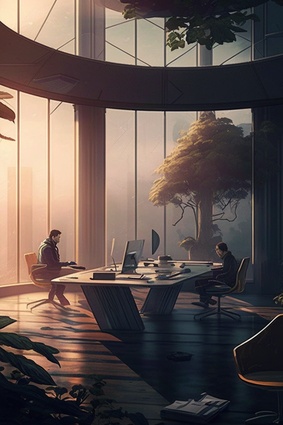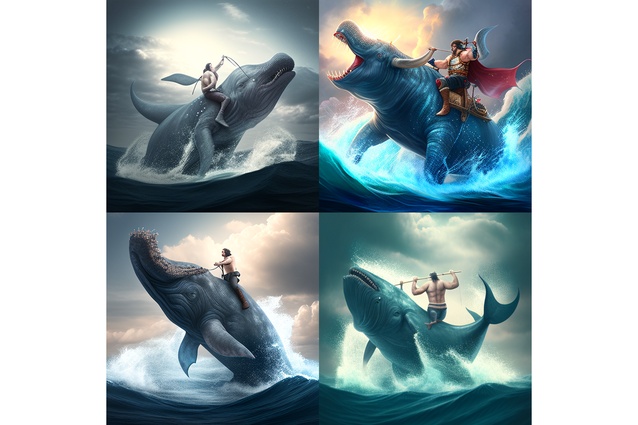Fifty shades of AI
In Part 1 of a two-part series, senior associates at Warren and Mahoney, Michael Leng and Te Ari Prendergast, consider the advent of AI and how people choose to either adjust, adapt or adopt as it rolls out around us. Specifically, they look at narrow, general and super AI and how we can evoke optimism rather than pessimism in this brave new world.
The conversation with AI is not one nor the other, it is not the start nor is it the end, it’s interesting yet it’s not, it’s the future or it’s now, will the intelligence of the artificial take my job? These are all speculative situations and questions and the opinion we share is very much about flipping it on its head because the reality is the intelligence of a human is measured by a multitude of individuals “programmed” in a different way – educated, non-educated, white collar, blue collar – and just as we all have our own story, we also have the ability to move past the term ‘adjust’, land on ‘adapt’ and understand whether we want to ‘adopt’ .

One of the most common phrases we hear is the rise of ‘something’. Often this can be provoked by fear, as a ‘rise’ is when the presence was already established. It is that sudden spike of interest described as a phenomenon that’s happened, the increased curiosity of our capacity to try something new or be in fear of missing out. The so-called open-source AI Chat ‘Generative Pretrained Transformer’, ‘Chat GPT’ for short, saw 50 million users in its first month alone. To put things in perspective, the time it took Netflix to get to this many users was 7 years, Facebook 2 years, Instagram 19 months, and 75 years for the telephone. However, to compare the days of analogue would be an inaccurate comparison for this era.
The conversation of AI in text or visual form is one that is ongoing. We both have our own views and can agree that when we watch sci-fi films, our minds wander into a disarray as the “what if” question comes into play. We approach things openly – we are two humans that share our ongoing thinking process as creatives in the field of architecture and design. How can our design community take on the exercises in the 2012 book by Daniel Kahneman Thinking Fast and Slow, using our two systems of thought – the fast, instinctive and emotional and the slow, more deliberate and more logical. Let’s fuse this and continue this conversation.
Our opinion is very much in the dialogue, and it looks like this…
Te Ari: So, first question Michael, why aren’t we just getting Chat GPT to write this article?
Michael: Haha, well, we want to speak to the human response, AI and new technologies in general. I mean we’re literally witnessing the birth of the steam train right in front of our eyes. What got you interested in AI?
Te Ari: A bit of a confession – I own NFTs so when I see a hypetrain blowing up on Twitter, I’m jumping on it. And AI imagery was a niche market in the NFT world, so I decided to explore it and realised how easy it was to produce those images. Then I started exploring Midjourney, where the quality was next level but it was deficient in Māori design, which I believe is a good thing. So I saw myself partnering with AI to produce base images where I would add my own detailing.
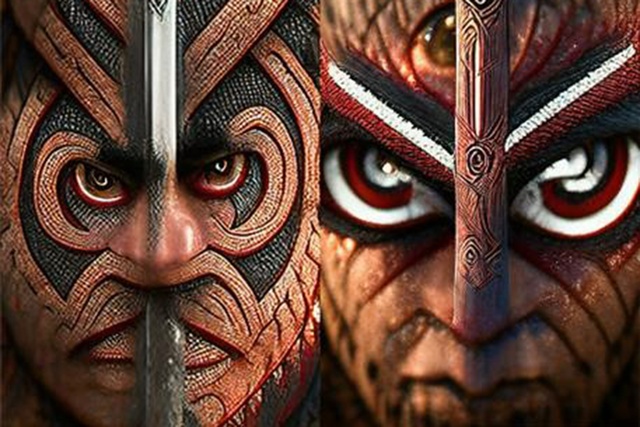
Michael: I feel like this has been a constant conversation we’ve been having outside of the office, and where slowly you find out someone in the office is using AI and it’s like something unspoken. But the truth is, for creatives in the realm of architecture and interiors, we’re already partnering with advanced technologies to do more and more complex buildings and demonstrate more value to our clients. What I find interesting is how we can adapt this into early ideation and design thinking and then broaden the discussion. How do we evolve this in our design community if other sectors are already finding their own purpose for such tools?
Te Ari: When we think of AI, it can be seen as something untouchable, “in the future”, whereas those science fiction movies that you watch on Netflix or Disney+ are closer than you think. Not necessarily Star Wars, it was when you spoke about Iron Man talking to Jarvis or the Knight Rider himself talking to his self-driving car ‘Kitt’. It’s already weaving into our lives. Have we auto-corrected ourselves and adjusted to this?
Michael: Yeah, well when you break it down to narrow, general and super, it can put things into perspective. Artificial Narrow Intelligence is already woven in – this is your facial recognition, your Siri’s on iPhone, self-driving cars and how Netflix will recommend/suggest shows based on what you have viewed. Where we are now, Artificial General Intelligence has the ability for machines to think, comprehend, learn and apply their intelligence to solve complex problems, whereas Artificial Super Intelligence is where it surpasses everything. Is this something to fear? I’ll let the future generation answer that one.
Te Ari: What have I done? You’ve been consumed by AI. I think we all just need to have a little fun with it, understand its language, get to know it and find a way that allows you to use it to your advantage and have awareness of what you are getting out of it. You’re your own harshest critic.
Michael: I agree. While AI has an untapped potential to evolve the design process, I’m all about what you put in is what you get out. My mind, as a creative, will think differently and generate something different to someone that might be in finance. If we don’t embrace and adapt, where will we be in five years with this technology? That’s the question we must ask ourselves. To evolve, we need to look at its potential and take away the scepticism. The true craft behind a watercolour drawing against the true craft captured in a photorealistic render are two types of art forms that can equally share the sentiment – it is up to the beholder, the justification is where the integrity is held, can you back up your idea?
Te Ari: This is the interesting conversation everyone is having, especially around the education sector, as to whether images created through Mid-journey, Dall.E2 etc can really be called art. If we’re in denial and we try to resist what is happening, you risk the future generation having the ability to explore and develop new processes. The world evolves – if we all can accept it, or at the very least be open to the advancements of this type of technology, then we can begin to integrate it.
Michael: Exactly, what you’re talking about there is the five stages of acceptance, only in this case, the five stages of accepting AI.
Te Ari: We should call this article 50 shades of AI. And we’ve got 5 – 45 more to go.
Michael: No comment. On the topic of acceptance, I’ve found we come across more people that have used the likes of Chat GPT as a tool, more than people realise. It started off as fun, then people saw the benefits of AI becoming an ally and this is multi-sector. I play out a scenario of AI in my head and think about it in the form of collaboration. Right now, we type to ‘GPT’ to get a response. With Narrow AI already developed and the use of a Siri-like system, the AI can be in the room to collaborate with us and allow us to think deeper, jump further – it’s exciting. I can only imagine it would be executed via prompts by us human beings but it would have heard everything and generate a “thought” without prompts, then would we be at Super AI – the land of robots, with empathy?

Te Ari: I think you bring up something that is on a lot of people’s minds and that’s if we do adopt this tool into our business, how can we put parameters or structure in place that will benefit what you are doing. I find having a bit of light-hearted fun with it is always a great approach and then you realise there could be some benefit to that and it’s a light bulb moment. It’s important that if there’s a serious consideration to incorporate it, that we don’t overthink, overcomplicate and lose sight or the ability to be creative with it. What we don’t want is for it to be a “closed source”. We need to get the right people in the room and work out a way forward, not backwards – embrace not erase.
Michael: Yes, I’m completely aligned with that sentiment, and that comes back to my earlier point around how can we continue to have this discussion in our architecture and design communities and the ties I have to corporate real estate could be beneficial too. My stance right now is that I see great potential for this tool and it will be interesting to hear how other people in the industry are applying this new medium to their processes.
Te Ari: And, on that note, I think that is a good segway into how can the great tool be used, and can programmes like the well-known Midjourney, Dall.E2 and Stable Diffusion be used or not used? In Part 2 of this opinion piece, we will set out scenarios of incorporating these tools into businesses and organisations in ways that could be beneficial for the future.
Part 2 in this series will be published on ArchitectureNow on Wednesday 19 April, 2023.


